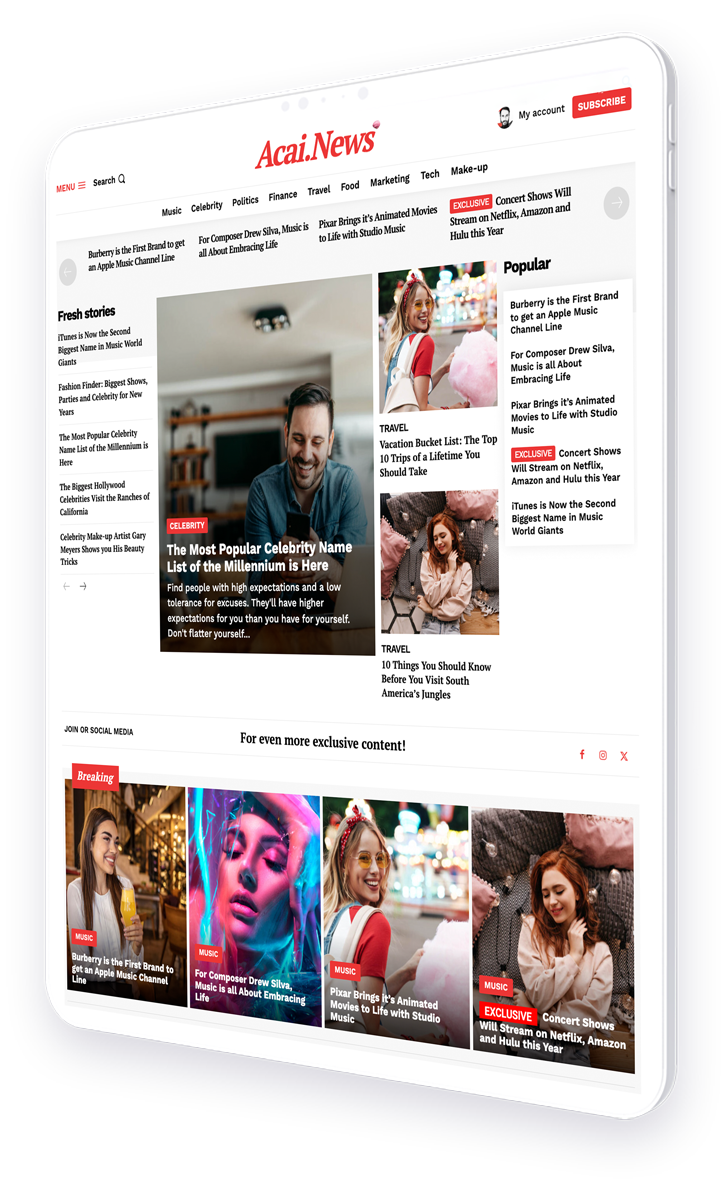Discussing how AI-powered search results are reducing click-through rates and how brands can adapt
In the ever-evolving landscape of digital marketing, one of the most significant shifts in recent years has been the rise of zero-click searches. As artificial intelligence (AI) continues to advance, it is reshaping how search engines like Google present information to users. This transformation is not only altering the way users interact with search results but also impacting how brands approach their online presence. In this article, we will explore the future of zero-click searches, how AI is changing Google’s Search Engine Results Pages (SERPs), and what brands can do to adapt to this new reality.
Understanding Zero-Click Searches
Zero-click searches occur when users find the information they need directly on the search results page without having to click on any links. This phenomenon has become increasingly common as Google and other search engines strive to provide users with quick and accurate answers to their queries. The rise of zero-click searches is largely driven by AI-powered features such as featured snippets, knowledge panels, and instant answers.
Featured Snippets
Featured snippets are concise summaries of information extracted from web pages and displayed at the top of Google’s search results. These snippets aim to provide users with immediate answers to their questions. For example, if a user searches for “how to tie a tie,” Google may display a step-by-step guide directly on the search results page.
Knowledge Panels
Knowledge panels are another AI-driven feature that provides users with a comprehensive overview of a topic. These panels often include information such as definitions, images, and related topics. For instance, a search for “Albert Einstein” might yield a knowledge panel with a brief biography, notable achievements, and related figures.
Instant Answers
Instant answers are direct responses to specific queries, such as weather forecasts, currency conversions, or sports scores. These answers are generated by AI algorithms that pull data from reliable sources to provide users with real-time information.
The Impact of AI on Click-Through Rates
As zero-click searches become more prevalent, they are having a significant impact on click-through rates (CTR) for websites. According to a study by SparkToro, over 50% of Google searches now result in zero clicks. This trend poses challenges for businesses that rely on organic search traffic to drive visitors to their websites.
Decreased Organic Traffic
With more users finding answers directly on the search results page, websites are experiencing a decline in organic traffic. This shift is particularly concerning for content-driven websites that depend on ad revenue or affiliate marketing to generate income.
Increased Competition for Clicks
As zero-click searches reduce the number of clicks available, competition for the remaining clicks becomes more intense. Brands must find ways to stand out in the search results and entice users to visit their websites.
Adapting to the Zero-Click Search Era
While zero-click searches present challenges, they also offer opportunities for brands to adapt and thrive in this new environment. Here are some strategies that businesses can employ to stay relevant in the age of AI-powered search results:
Optimize for Featured Snippets
One of the most effective ways to capture zero-click traffic is by optimizing content for featured snippets. Brands can achieve this by structuring their content to answer common questions concisely and clearly. Using bullet points, numbered lists, and tables can increase the chances of being featured in a snippet.
Leverage Structured Data
Implementing structured data markup on web pages can help search engines understand the content better and increase the likelihood of appearing in knowledge panels or instant answers. Structured data provides context to search engines, making it easier for them to extract relevant information.
Focus on Brand Visibility
As zero-click searches reduce the number of clicks, building brand visibility becomes crucial. Brands should focus on creating a strong online presence through social media, influencer partnerships, and engaging content that encourages users to seek out their website directly.
Invest in Paid Search
With organic traffic becoming more challenging to capture, investing in paid search advertising can help brands maintain visibility in search results. Paid ads can ensure that a brand’s message reaches its target audience, even in a zero-click environment.
Case Studies: Brands Adapting to Zero-Click Searches
Several brands have successfully adapted to the rise of zero-click searches by implementing innovative strategies. Let’s explore a few examples:
HubSpot
HubSpot, a leading marketing software company, has embraced zero-click searches by optimizing its content for featured snippets. By providing clear and concise answers to common marketing questions, HubSpot has managed to capture a significant share of zero-click traffic, driving brand awareness and engagement.
Wikipedia
Wikipedia is a prime example of a website that benefits from zero-click searches. Its extensive use of structured data and comprehensive content makes it a frequent source for knowledge panels and featured snippets. As a result, Wikipedia remains a go-to source for quick information, even if users don’t click through to the site.
Weather.com
Weather.com has adapted to zero-click searches by providing instant answers for weather-related queries. By leveraging AI to deliver real-time weather forecasts directly on the search results page, Weather.com maintains its relevance and authority in the weather information space.
The Role of AI in Shaping the Future of Search
AI is not only driving the rise of zero-click searches but also shaping the future of search in other ways. Here are some key trends to watch:
- Voice Search: As voice-activated devices become more popular, AI-powered voice search is changing how users interact with search engines. Brands need to optimize their content for voice queries to remain competitive.
- Personalization: AI enables search engines to deliver personalized results based on user preferences and behavior. Brands can leverage this trend by creating personalized content and experiences for their audience.
- Visual Search: AI-driven visual search allows users to search using images instead of text. Brands can optimize their visual content to capture traffic from visual search queries.
Conclusion: Embracing the Zero-Click Future
The rise of zero-click searches is reshaping the digital marketing landscape, challenging brands to adapt to a new reality where clicks are no longer guaranteed. However, by embracing AI-driven features like featured snippets, knowledge panels, and instant answers, brands can still capture valuable traffic and maintain their online presence.
To thrive in the zero-click era, businesses must focus on optimizing their content for AI-powered search results, leveraging structured data, and building strong brand visibility. By staying ahead of the curve and embracing the opportunities presented by AI, brands can continue to connect with their audience and drive success in the ever-evolving world of search.
For more insights on how AI is transforming search, visit Search Engine Journal.




